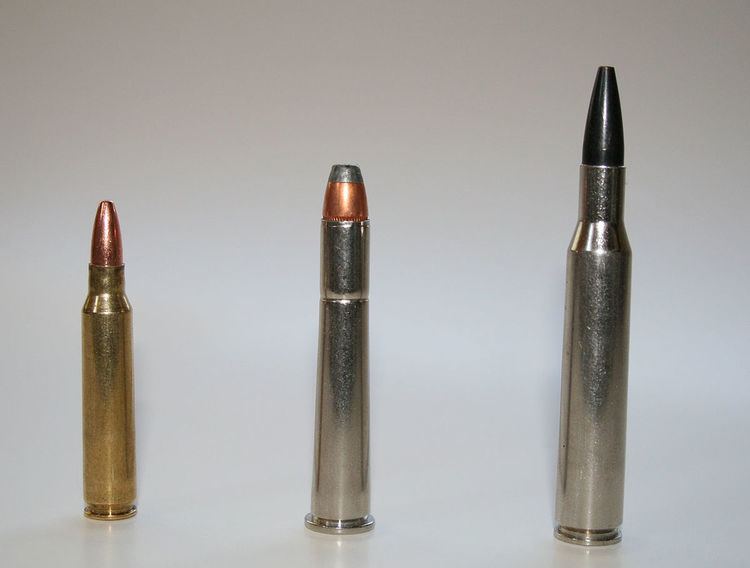Type Rifle Case type Rimmed straight Neck diameter .338 in (8.6 mm) | Place of origin USA Bullet diameter .320 in (8.1 mm) Base diameter .424 in (10.8 mm) | |
 | ||
Description
Introduced in 1884, the .32-40 was developed as a black powder match-grade round for the Ballard single-shot Union Hill No. 8 and 9 target rifles. Using a 165-grain (10.7 g) bullet over 40 grains (2.6 g) of black powder (muzzle velocity 1,440 ft/s (440 m/s), muzzle energy 755 ft·lbf (1,024 J)), the factory load gained a reputation for fine accuracy, with a midrange trajectory of 11 inches (28 cm) at 200 yd (180 m). It was available in Winchester and Marlin lever rifles beginning in 1886. It stopped being a factory chambering around 1940.
It provides performance sufficient for deer at up to 300 yards (270 m) in a modern rifle, for which it can be loaded to about equal the .30-30. It is more than enough for varmints, including coyotes and wolves, or medium-sized game.
The .32-40 also served as the basis for Harry Pope's wildcat .33-40.
